On many occasions, we still find teachers who focus the learning process on the transfer of information, where the student has a passive role in which only sits to receive the information. However, teaching has evolved a lot, and today we can find methods in which the student has a more participatory role.

Today it is necessary to give a more active role to the student in his education. Image credit: pixnio.com.
In this regard we can cite the problem-solving learning method, in which the student is placed at the center of learning, motivating him/her to research and reflection so that he/she is able to solve autonomously certain problems posed by the teacher.
As its name suggests, it is about solving a problem, and the student is in charge of finding the solution, searching, collecting, and analyzing information, while the teacher only provides guidance. This allows them to develop skills and abilities, such as reflection, communication, and teamwork, which are necessary to solve problems in the world outside the classroom, giving the experience of building knowledge about a topic meaning.
Compared to the traditional method in which the teacher acts by exposing programmed contents to solve certain needs in the student, in problem-based learning, the student must detect his own needs and put in place the means to cover them and solve the problem, and the teacher only exerts influence as a guide and supervisor.

In this method, the teacher is not only an exhibitor, he/she guides the student in solving a problem. Image credit: pixnio.com.
This method offers many benefits, among them:
Meaningful learning. This method allows the student to better relate the information he already has on a subject with the new information acquired. When the student seeks to solve a problem, he incorporates new knowledge into the one he already had, reconstructing and transforming all the information he knew about it, which means that he must judge the relevance of the new, detect the differences and reformulate his ideas.
More active role. This learning method is based on the importance of learning to learn, that is, not to give all the information to the student but to give them the necessary tools to organize and build their own learning, encouraging autonomy and having more responsibilities in their training process, thus seeking to improve their capacity for analysis and decision making.
Motivates learning. When learning is practical and presented to students as a challenge, they feel more involved and their curiosity is awakened. This process encourages them to learn because they see more clearly the purpose of what they are learning.
It prepares for the future. This method enhances skills such as creativity, adaptation to change, logic and reasoning, communication, and respect; these skills not only help the student in their school development but also in solving problems in their adult life.

The student must be given the tools he or she will need for the future. Image credit: piqsels.com.
Nowadays it is very important to find new ways to motivate students to learn, taking advantage of the fact that the modern technological context puts at their disposal many tools to be autonomous and more independent, which in turn makes hours of listening to a teacher very boring. The problem-based learning method can be integrated with new technologies, so students can also be educated in the use of these tools as a support to find information and communicate.
I hope you enjoyed the reading my friends, see you next time.
Your Beloved:@emimoron